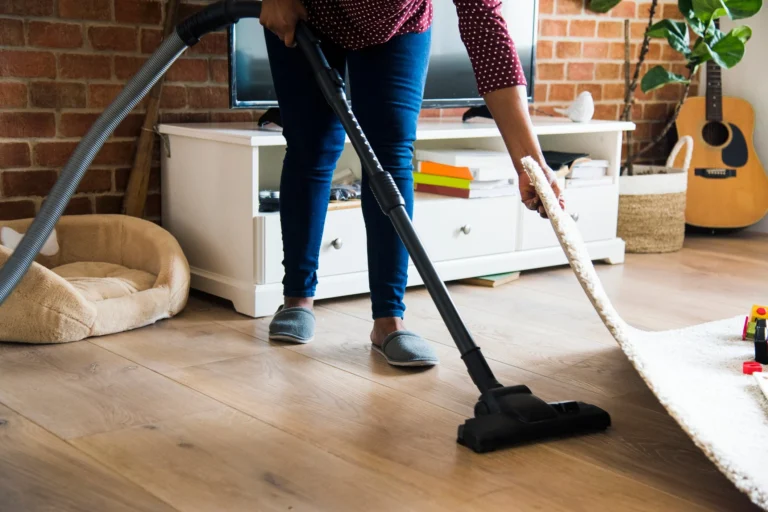In a time when mental peace and physical well-being feel harder to access, nature offers a quiet solution—aromatherapy essential oils. These potent plant extracts do more than just smell good. They support emotional balance, clear your mind, and restore harmony to your body.
Aromatherapy isn’t a passing trend. It’s a time-tested wellness science. From ancient Egypt to today’s self-care routines, essential oils have remained at the center of natural healing.
But how does it work? And how can you incorporate it into your daily life?
Let’s explore.
What is Aromatherapy?
What is aromatherapy? At its core, aromatherapy is the art and science of using essential oils for healing and relaxation. These oils are extracted from the petals, stems, roots, and bark of plants and carry the very essence of the plant itself—its aroma and therapeutic power.
Used through inhalation, massage, or diffusion, these oils stimulate the brain’s limbic system—the part responsible for emotions, memory, and mood. That’s why a single scent can transport you to a peaceful memory or bring calm after a long day.
Aromatherapy and Essential Oils: A Natural Partnership
When we speak about aromatherapy and essential oils, we’re referring to a symbiotic relationship. Essential oils are the active agents in aromatherapy. Without them, there is no practice.
Each oil serves a unique purpose:
-
Lavender calms anxiety and aids sleep.
-
Eucalyptus opens up the airways and clears the mind.
-
Lemon uplifts the mood and purifies the air.
-
Tea tree is a powerful antibacterial for skin and scalp health.
Used alone or in combination, these oils create a sensory experience that heals from the inside out.
Proven Aromatherapy Techniques That Work
You don’t need an expensive spa to enjoy the benefits of aromatherapy techniques. Here are a few you can use at home:
-
Diffusion: Add a few drops to a diffuser to fill the room with healing aromas.
-
Steam Inhalation: Especially helpful during colds. Add essential oils to hot water, cover your head, and inhale deeply.
-
Topical Application: Blend oils with carrier oils and massage into the skin to relieve tension or improve circulation.
-
Pillow Spray: Mix water and essential oil in a spray bottle for a calming bedtime routine.
Each technique offers a different pathway to healing, depending on your needs.
Everyday Uses for Aromatherapy Oils
The list of uses for aromatherapy oils is extensive—and surprisingly practical. Beyond spa-like relaxation, these oils offer tangible health and wellness benefits:
-
Mental Focus: Peppermint and rosemary can sharpen your concentration.
-
Better Sleep: Lavender and chamomile soothe nerves before bedtime.
-
Mood Balance: Citrus oils lift energy and fight seasonal blues.
-
Immune Support: Tea tree and oregano are natural antimicrobial agents.
Incorporating them into your daily routine is simple. Just a few drops can transform your environment, mindset, and physical energy.
Understanding the Many Uses of Aromatherapy
The beauty of uses of aromatherapy lies in its flexibility. Whether you’re seeking emotional support, skincare, pain relief, or even better digestion, there’s an essential oil for it.
It’s holistic, addressing mind and body simultaneously:
-
Emotional healing through scent
-
Physical relief through topical use
-
Environmental cleansing through diffusion
This makes aromatherapy one of the most versatile natural tools for health and well-being.
Why Aromatherapy Essential Oils Belong in Every Home
The power of aromatherapy essential oils goes beyond temporary relaxation. These oils contain real, measurable chemical compounds that interact with our body systems.
For example:
-
Linalool in lavender calms the nervous system.
-
Menthol in peppermint stimulates alertness.
-
1,8-cineole in eucalyptus supports respiratory health.
Choosing high-quality oils and using them correctly ensures you experience their full benefits—mentally, physically, and spiritually.
FAQs About Aromatherapy and Its Everyday Applications
Q1: Can I use essential oils every day?
Yes. Daily use is safe when diluted properly. Just be sure to rotate oils and avoid overexposure.
Q2: Are there any side effects?
When used responsibly, side effects are rare. Always dilute oils and test on a small skin patch first.
Q3: How long before I see results?
Many effects are immediate—such as calming lavender or energizing citrus. Deeper healing may take consistent use over time.
Q4: Is aromatherapy only for stress relief?
No. It’s widely used for respiratory support, skin issues, digestive aid, pain relief, and more.
Final Thoughts: Aromatherapy is Self-Care with Purpose
Nature offers us more than beauty. It offers solutions. Aromatherapy is one such gift—a path to clarity, calm, and complete well-being.
In a world that constantly pulls us away from ourselves, aromatherapy invites us back in. Through breath, through scent, and through intention, it teaches us to pause and feel. That’s not just healing. That’s transformation.





